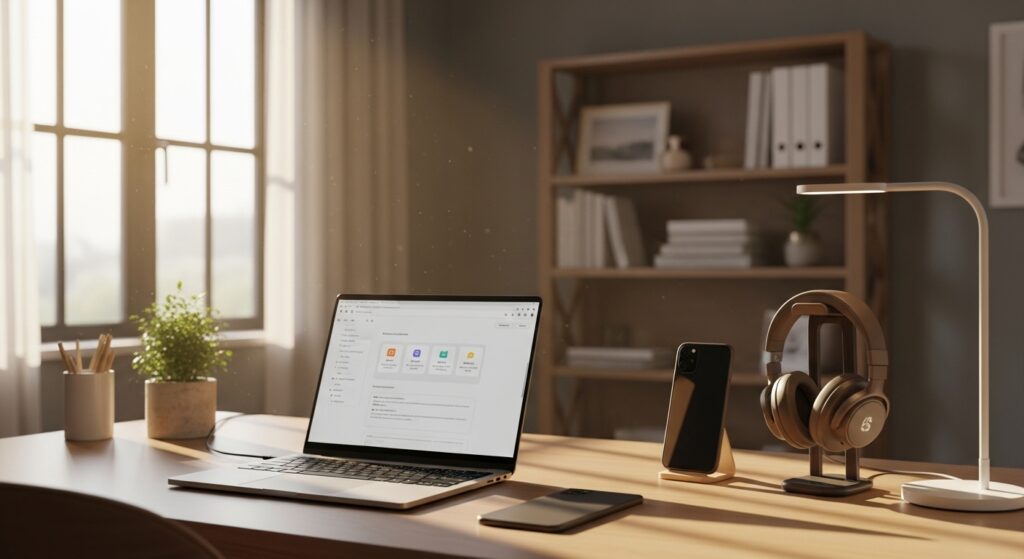In a world where notifications ping every few seconds, staying focused has become a rare skill. Distractions aren’t just minor interruptions—they can significantly reduce productivity, break your flow, and leave you feeling mentally drained. If you want to achieve your goals faster and with less stress, learning how to manage distractions is essential.
The True Cost of Distractions
Every time you switch tasks, your brain needs time to refocus—a phenomenon known as attention residue. Research shows it can take up to 20 minutes to fully regain concentration after an interruption. That means even “quick” distractions have a big impact on your day.
Beyond lost time, distractions can:
- Increase stress levels.
- Lower the quality of your work.
- Reduce creativity and problem-solving skills.
- Make you feel perpetually “behind.”
Step 1: Identify Your Biggest Distractions
The first step in overcoming distractions is knowing what they are. Common culprits include:
- Smartphones and social media.
- Email and instant messaging.
- Background noise and interruptions from others.
- Internal distractions like daydreaming or overthinking.
Take a week to track what interrupts your work the most—you might be surprised by the patterns.
Step 2: Create a Distraction-Free Environment
Your workspace should encourage focus, not fight against it. Try:
- Removing visual clutter: A clean desk helps a clear mind.
- Using noise-cancelling headphones: Block out environmental noise.
- Positioning your workspace strategically: Face away from high-traffic areas.
Step 3: Manage Digital Interruptions
Technology is both a tool and a trap. To keep it under control:
- Turn off non-essential notifications.
- Use website blockers to limit access to distracting sites.
- Check email and messages at set times instead of constantly.
Step 4: Use Focus Techniques
Methods like the Pomodoro Technique (25 minutes of focused work followed by a 5-minute break) or the 90-Minute Rule (aligning work sessions with natural energy cycles) can help you maintain concentration without burning out.
Step 5: Train Your Mind to Resist Distractions
Distractions often trigger because your brain is looking for quick rewards. You can retrain it by:
- Practicing mindfulness to notice when your attention drifts.
- Gradually increasing the time you stay focused before taking breaks.
- Setting clear intentions before starting each work session.
Step 6: Handle Interruptions from Others
If people often break your focus:
- Politely communicate your need for uninterrupted time.
- Use visual cues like headphones or a “Do Not Disturb” sign.
- Schedule specific times for conversations or check-ins.
Step 7: Address Internal Distractions
Sometimes the biggest distractions come from within—worries, ideas, or boredom. Keep a “mental parking lot” notebook nearby to jot down thoughts that pop up so you can revisit them later without breaking focus.
The Long-Term Payoff
When you master the art of focus, you’ll find that:
- You finish tasks faster and with higher quality.
- You feel less stressed and more in control of your time.
- You have more mental energy for creative and strategic thinking.
Final Thoughts: Focus Is Your Competitive Edge
In a distracted world, focus is a superpower. By removing unnecessary interruptions, creating the right environment, and training your mind to stay on track, you’ll not only get more done—you’ll enjoy the process more. Every distraction you eliminate is a step closer to your goals.












